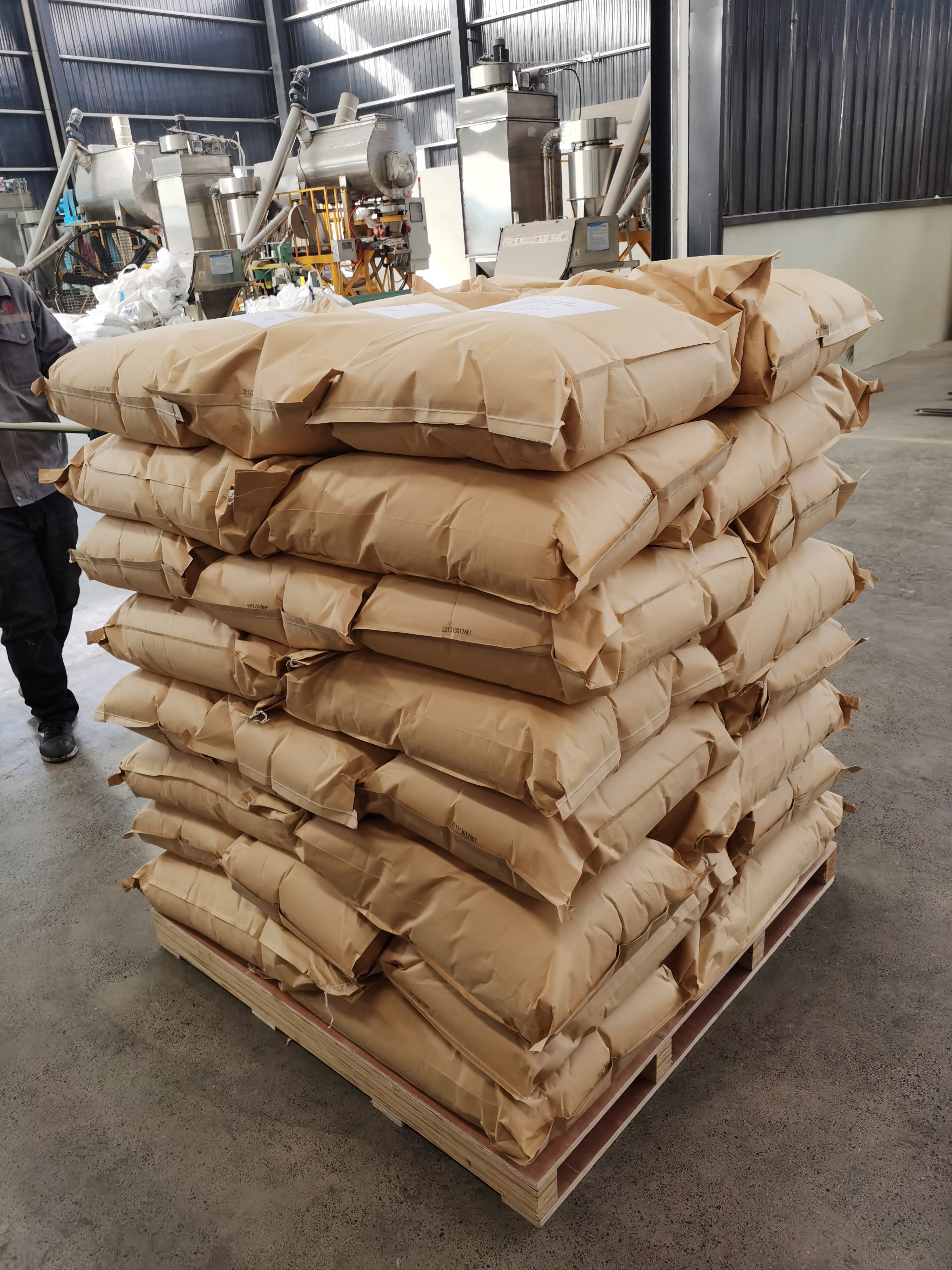The Role of Polyacrylamide in Piling Mud Treatment
The role of polyacrylamide in piling mud treatment. Polyacrylamide has many functions in piling mud treatment. The following is a detailed introduction to the role of polyacrylamide in piling mud treatment:

1. Reduce mud viscosity and consistency
PAM is a high molecular polymer with a high molecular weight. In piling mud treatment, PAM can effectively reduce the viscosity and consistency of the mud through its long chain structure, making the mud smoother, reducing resistance and improving the fluidity of the mud.
2. Flocculation
PAM has strong flocculation property, which can aggregate the fine particles in the mud to form larger flocculation groups. During the piling process, particulate matter and suspended matter in the mud will continue to be generated and accumulated, affecting the quality of the mud and the piling effect. By adding an appropriate amount of PAM, these fine particles can be aggregated to form larger flocculation groups, thereby effectively removing impurities and particulate matter in the mud and improving the clarity and quality of the mud.
3. Enhance mud stability
PAM can increase the adhesion between clay particles in the mud and improve the stability of the mud. During the piling process, the mud needs to maintain a certain stability to prevent mud stratification, sedimentation or segregation. By adding PAM, the clay particles can be more closely combined, increasing the stability of the mud, thereby ensuring the smooth progress of the piling process.
4. Improve drilling quality
During the piling process, the quality of the drilled holes has an important impact on the overall piling effect. By adding PAM, the slag discharge and cooling effect of drilling can be improved, drill bit wear can be reduced, and drilling quality can be improved. At the same time, PAM can also form a lubricating film on the inner wall of the drill hole to reduce the friction between the drill bit and the hole wall, further improving the drilling quality.
